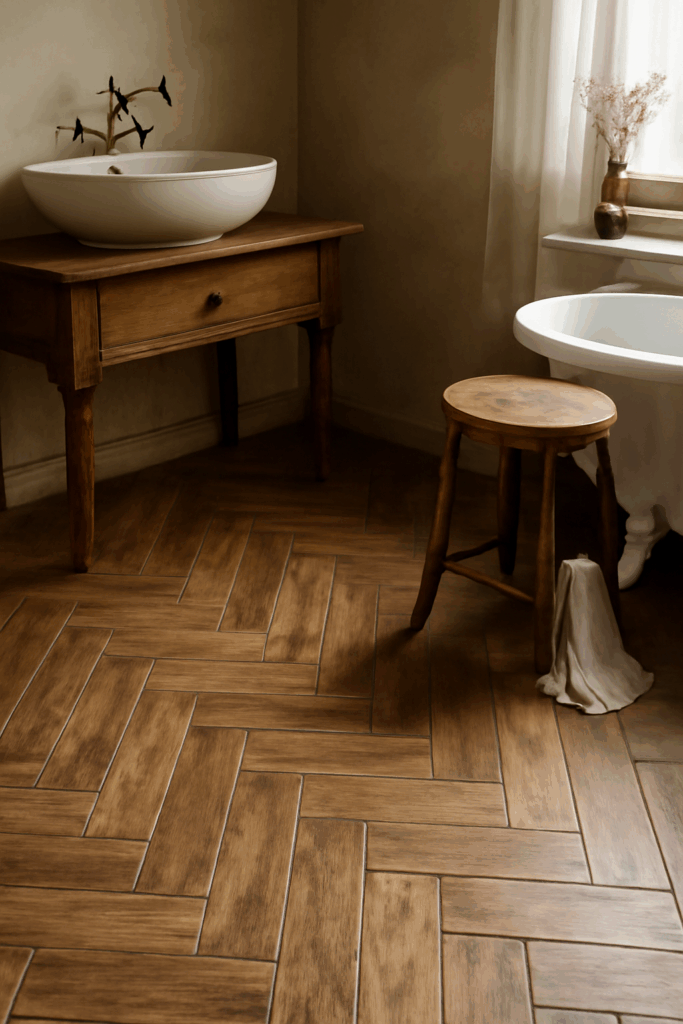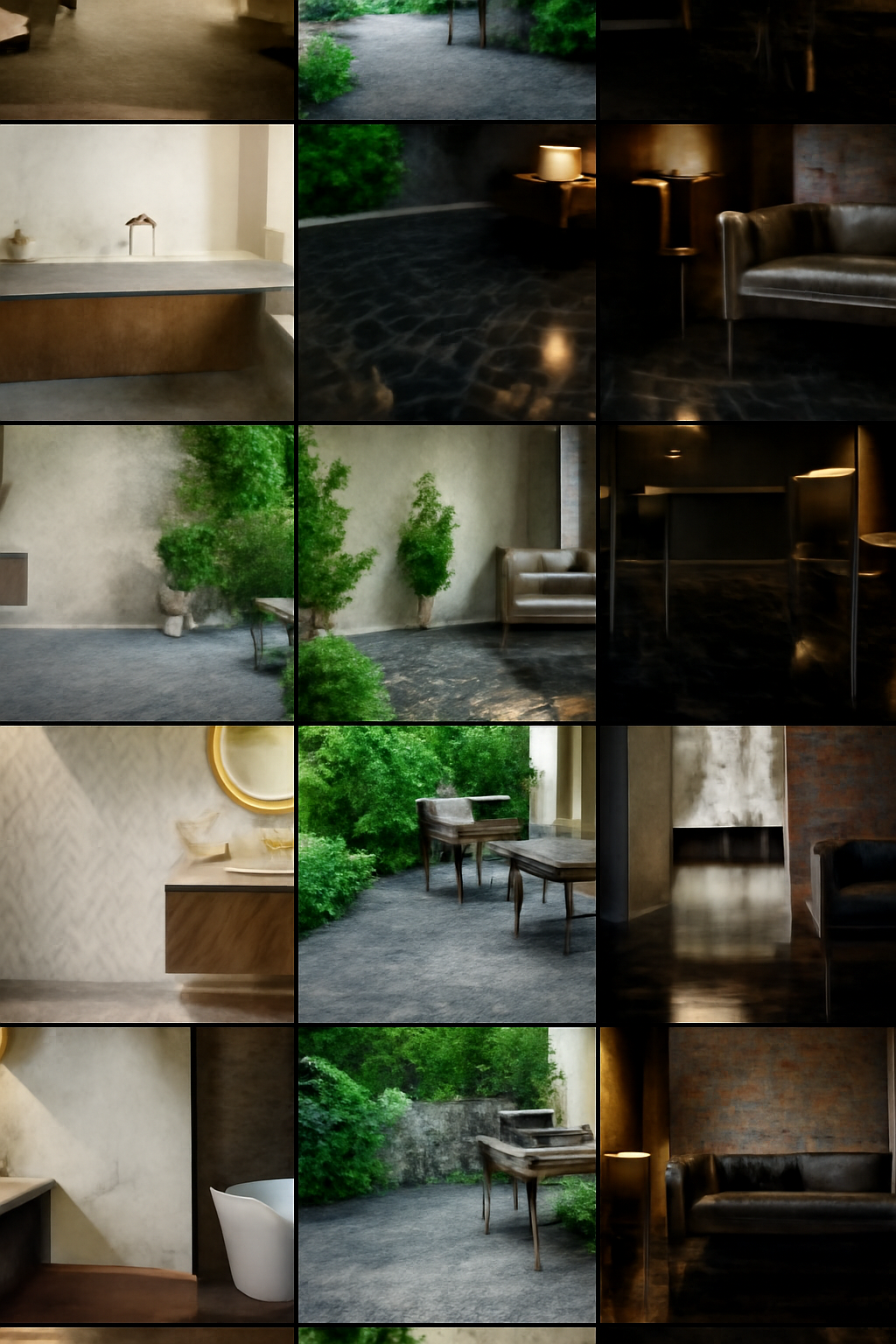Introduction
Bathroom renovations are one of the most rewarding home improvement projects, and choosing the right tiles is at the heart of creating a stylish and functional space. Among countless options, herringbone tiles stand out as a timeless yet contemporary choice. Their unique zig-zag pattern has been celebrated for centuries, and today, it’s making a strong comeback in modern home design.
From herringbone bathroom tiles that bring sophistication to small spaces to herringbone tile flooring that creates movement and depth, this pattern offers endless possibilities. Let’s dive into the history, design benefits, and practical tips for incorporating herringbone tiles into your next bathroom renovation.
The History of Herringbone Tiles
The herringbone pattern traces back to the Roman Empire, where it was first used in road construction for durability and strength. Over time, it found its way into textiles, wood flooring, and eventually tiling. Its geometric precision and visual flow gave interiors a sense of luxury and refinement. Today, herringbone tile patterns are equally at home in traditional and contemporary designs, proving their timeless appeal.
Why Herringbone Tiles Are Timeless
The enduring popularity of herringbone tiles lies in their versatility and elegance. Unlike trendy designs that fade quickly, herringbone has stood the test of time. Its ability to complement both classic bathrooms and modern spa-like retreats makes it a safe investment for homeowners.
- Visual depth: The angled lines create the illusion of more space.
- Versatility: Works with ceramics, porcelain, marble, or natural stone.
- Style compatibility: Suits everything from vintage to minimalist aesthetics.
Design Ideas for Bathrooms with Herringbone Tiles
1. Herringbone Feature Walls
A herringbone feature wall behind a vanity or bathtub instantly becomes the focal point of the bathroom. Choose glossy white or marble-effect tiles for a luxurious spa-like atmosphere.
2. Statement Showers
Transform your shower area with herringbone bathroom tiles. Using contrasting grout highlights the zig-zag pattern, adding a bold and modern edge to your space.

3. Elegant Flooring
Herringbone tile flooring works beautifully in bathrooms, especially with materials like porcelain or natural stone. The pattern not only enhances durability but also gives the illusion of expanded space in compact rooms.
4. Half-Wall Designs
Combine herringbone tiling on the lower half of walls with painted upper sections for a modern yet balanced design. This is a budget-friendly way to introduce elegance without tiling the entire room.
5. Subtle Accents
If you prefer understated elegance, add herringbone as an accent strip in your shower niche, backsplash, or around mirrors. Small details can make a big difference.
Herringbone Beyond Bathrooms
While herringbone tiles are stunning in bathrooms, their versatility extends across the home:
- Kitchens: Perfect for backsplashes and statement walls.
- Hallways: Create dramatic entryways with herringbone tile flooring.
- Living Areas: Use marble or ceramic herringbone tiles around fireplaces for a chic focal point.
Installation Tips for Herringbone Tiles
Installing herringbone tile patterns requires precision. Here are a few tips:
- Start from the center: Work outward to maintain balance.
- Use spacers: They help achieve consistent alignment.
- Plan for cuts: Since herringbone involves angled placement, expect more tile cuts.
- Hire professionals: For large spaces, a professional installer ensures a seamless finish.
Maintenance and Care
Maintaining herringbone tiles is simple with the right approach:
- Clean regularly using mild soap and warm water.
- Avoid abrasive cleaners that can damage finishes.
- Seal natural stone herringbone tiles to prevent stains.
- Wipe away water spots to maintain shine in glossy finishes.
Conclusion
Herringbone bathroom tiles are more than just a trend—they’re a timeless design choice that combines functionality with beauty. Whether used on floors, walls, or as subtle accents, they bring sophistication and texture to any bathroom. For homeowners looking to achieve a luxurious and modern look that will stand the test of time, herringbone is truly the perfect choice.
FAQs
Herringbone tiles are popular because they add depth, elegance, and timeless charm. The angled pattern works beautifully in both large and small bathrooms, enhancing the sense of space while providing a sophisticated, modern aesthetic.
Yes, herringbone tile flooring is ideal for bathrooms. Porcelain and ceramic options are water-resistant and durable, while natural stone can be sealed for protection. The pattern also improves grip, making it a practical yet stylish flooring choice.
Not at all. Regular cleaning with mild soap and water keeps them looking fresh. For glossy finishes, wipe away water spots to maintain shine. Natural stone should be sealed for easier maintenance and to prevent staining.
Popular finishes include glossy ceramic for a sleek look, matte porcelain for a modern vibe, and marble for luxury. The right choice depends on your budget and desired aesthetic.
Yes, herringbone tiles are excellent for small bathrooms. Their angled design creates the illusion of movement and space, making compact areas feel more open and stylish.

